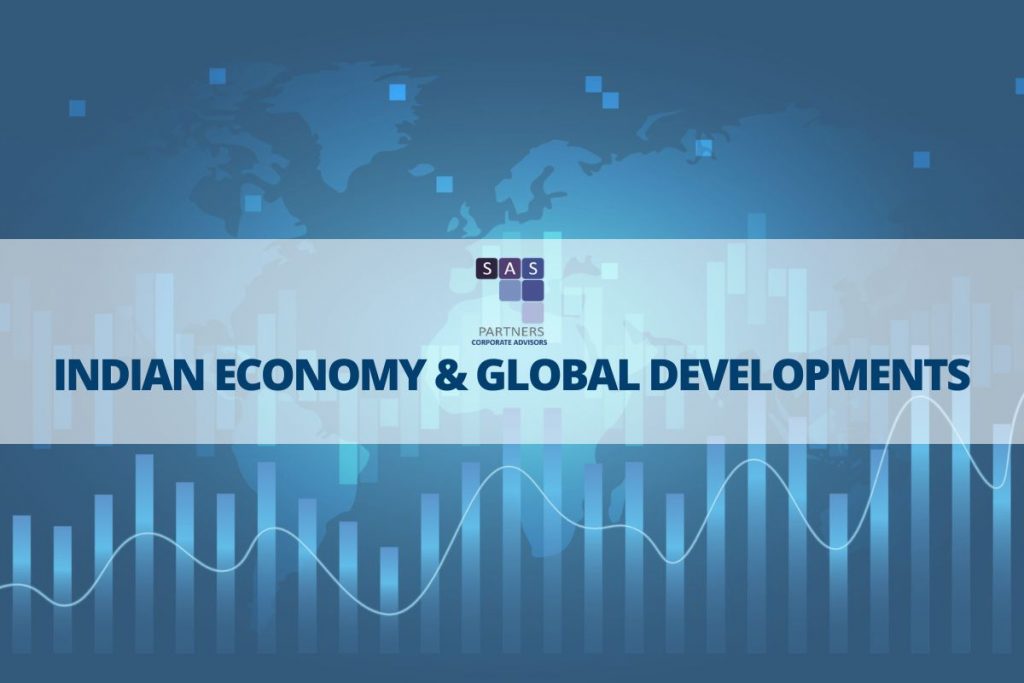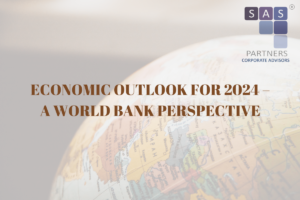
Indian Economy and the world
Ever since India’s economic policies were liberalized, we became a part of the global village and we were no longer immune from developments across the world – good or bad. The 2008 financial crisis, though American in nature, also affected Indian companies. What people did not realize is that the downfall of the largest financial system in the world, Wall Street, could affect anyone and everyone. But this is only one single incident and we are very much vulnerable to all geopolitical developments anywhere in the world. This column will explore how the Russian invasion of Ukraine has affected inflation across the world and why we in India need to be worried about the high inflation rates triggered by the invasion.
Inflation:
Just when the world was heaving a sigh of relief during the early days of 2022, hoping that the pandemic was something that was slowly receding and countries could look at getting back to building their economies, Russia invaded Ukraine. This was a geopolitical shock with very serious implications for the global economy. Russia is the largest exporter of natural gas and is a significant player in coal and crude oil. The sanctions imposed on Russia post-invasion resulted in energy prices going through the roof across the globe. This, in turn, triggered inflation. Since most countries are net importers of energy, their oil and gas bills shot up. To add insult to injury, Russia and Ukraine are among the world’s biggest exporters of wheat and sunflower oil and some crucial minerals. With supplies of wheat and edible oil being choked, food inflation too rose dramatically. The combination of energy and food inflation rose to record levels, and almost all countries across continents were affected.
Inflation in the UK rose to 10.1 percent, 40 years high, and the inflation rate in the Eurozone is currently 8.9 percent. These are record figures, not seen for decades. Food inflation in Europe rose to around 12.6 percent and energy inflation rose to 41.1 percent. Again, these rates are unprecedented. Many Europeans are now unable to afford the energy prices and are wondering how they will get through the winter without government subsidies. The current inflation rates in Europe are very harsh, considering the fact the average inflation rate in most of Europe was less than 2.5 percent before the invasion of Ukraine. The USA too had some of the highest inflation rates for decades, going beyond 9 percent and is currently at 8.5 percent. These rates have hurt the average American tremendously and this in turn has affected the country’s growth rate.
India’s inflation rate is much higher than the Asian average which is 4.5 percent. According to the Reserve Bank of India, India’s wholesale price index (WPI) came down to 13.93 percent in July 2022 from 15.18 percent the previous month. India’s retail price index (CPI) also declined to 6.7 percent from 7.2 percent. However, these figures do not tell the real story. India’s inflation rate in food stood at 7.84 percent, vegetable prices at 18.25 percent, and fuel and power prices at a whopping 43.75 percent.
India needs to be very careful about the current inflation rates. Since we import over 80 percent of our energy requirement, this will cause our trade deficit to shoot up and reduce our foreign exchange reserves. Also, since over 70 percent of all cargo in India is transported by trucks, the prices of all goods will increase due to the high diesel prices. India’s imports will become costlier and exports will decline due to low economic growth and high inflation in the countries of our trading partners. Higher interest rates and lower growth in virtually all the developed economies will mean lesser investments in those countries, and this in turn will result in lower exports and business opportunities for Indian exporters. The effects of the high inflation rates in almost all of the developed countries will last through 2022 and can even result in a recession in some countries. We in India need to closely monitor the developments in geopolitics and inflation rates to understand how these issues will affect the Indian economy and business opportunities for Indian companies.
Reference : World bank & Asian Development Bank
About the Author:
 |
VIJAY KUMAR VADDADI, India Entry & International Affairs
Mr. Vijay Kumar is an Industrial Economist with 35+ years of experience in Economic Analysis, Trade & Investment Promotion, International Business Strategy & Cross-Cultural Impact. A Post-Graduate in Economics with specialization in Industrial Economics and Economics of Transportation, Public Utilities & Social Infrastructure from the University of Bombay (1982). In 1984, he joined the Consulate General of the Netherlands in Mumbai as Economic & Commercial Officer and continued his association with the Netherlands Government (NBSO) for over 30 years. At SAS Partners, he heads the Trade and Investment Promotion activities, supports in organising programmes for international business delegations, curating knowledge reports, market studies and also helps our international clients in understanding the Indian business landscape better. |




